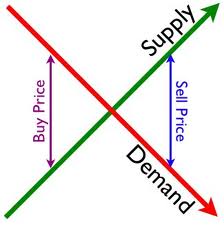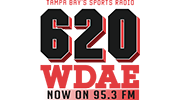Supply and Demand: Building a futures market
Establishing efficiency in a futures market is essential for attracting action on all teams. Unlike a normal supply and demand curve where price rises as demand increases, the exact opposite is true for booking futures. When people are clamoring to bet a team to win the title, odds drop until it becomes unattractive for the parade to continue. If bettors are avoiding certain teams in the market, the key is raising the number until you can entice a bet. Every bookmaker responsible for building a market understands the theoretical hold he strives to keep. Theoretical hold is the percentage of every dollar wagered in the market the house keeps and in terms of futures, it serves as a barometer for how aggressively teams need to be moved up for each time you move a side down or vice versa. Similar to physics, the perfect market should always require equal and opposite reactions on both sides of the equation to maintain stability. The primary goal for bookmakers is to achieve balance heading into the season so it’s easy to make necessary adjustments as favorites emerge. If a bookmaker is stubborn and allows liability to mount on certain teams, it becomes dangerous especially in pro sports like the NFL and NHL where competitive balance is king.
When you visualize the process, imagine a balance where you have a large weight on one side and 10 smaller weights on the other to keep things even. As the season progresses, the challenge is steering action towards different commodities so bettors make a case for not only the prohibitive favorite at 5/2 but also the longshot at 75-1. Those who bet into future markets have different motivations ranging from the casual fan interested in betting his team for rooting interest or the professional bettor looking to grab a number he can easily hedge in the postseason. As a result of differing objectives, establishing true odds is rare in futures pricing. Certain sides garner more public attention even if it’s not warranted because of stronger fan bases. There’s no greater exampled of blind loyalty impacting the entire market than the Cubs annual World Series odds.
The Cubs will never offer bettors honest odds and that’s a fact. This is a franchise that draws an undue amount of attention from casual fans so as a bookmaker, why offer a long shot price when people will clamor to bet them anyways? In reality, there’s no reason to do so instead the key is creating value on everyone else to balance the Chicago love affair especially in the NL Central. Cub fans are not alone with the cruel hand they’ve been dealt in the futures market since these other prominent franchises or schools also see bias in their future pricing:
| MLB | NFL | NHL | CFB | CBB |
| Yankees | Packers | Maple Leafs | Notre Dame | Duke |
| Cubs | Bears | Blackhawks | Texas | Kentucky |
| Steelers | Oklahoma | North Carolina |













